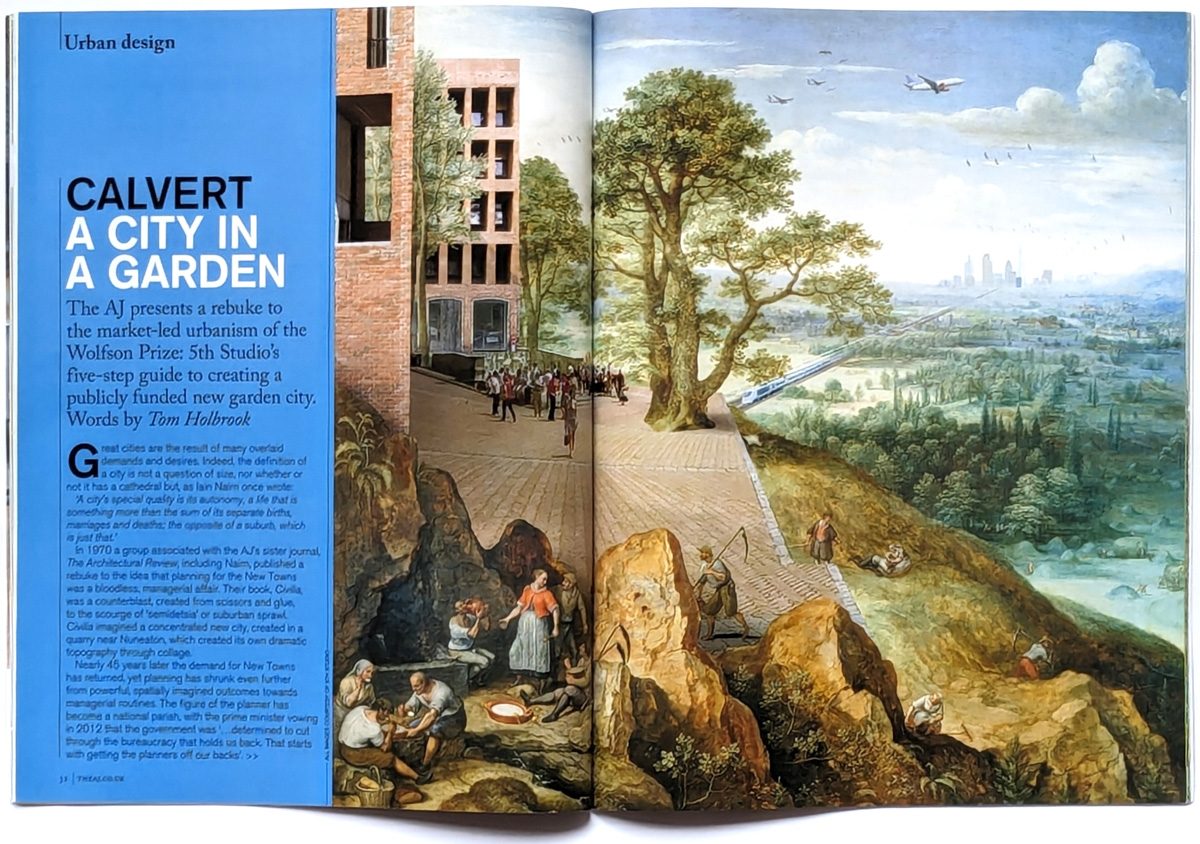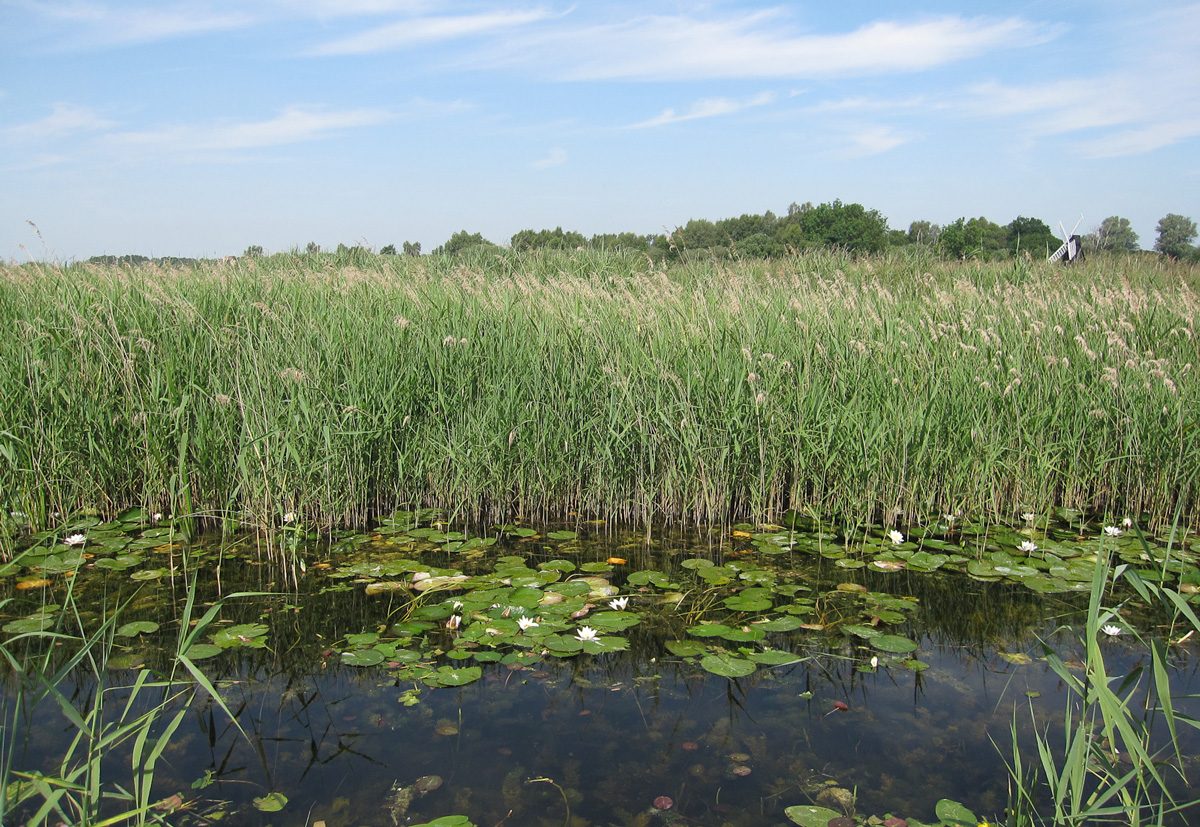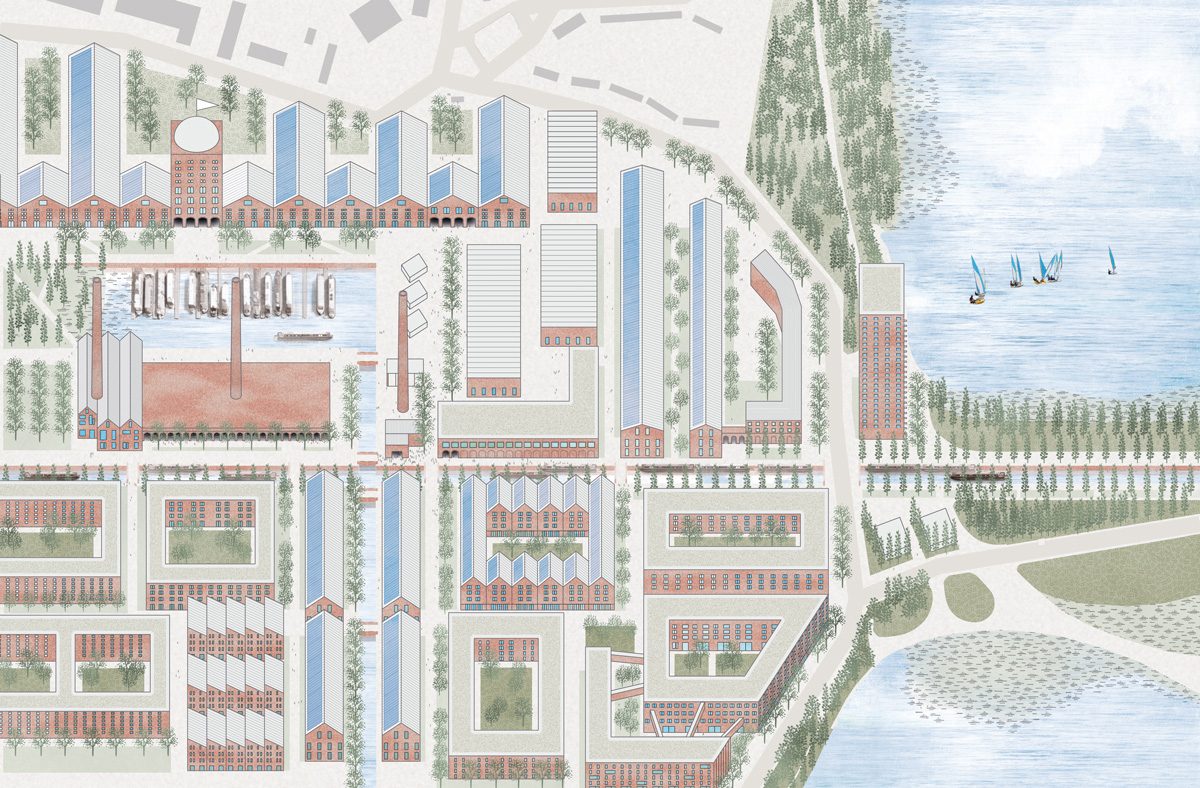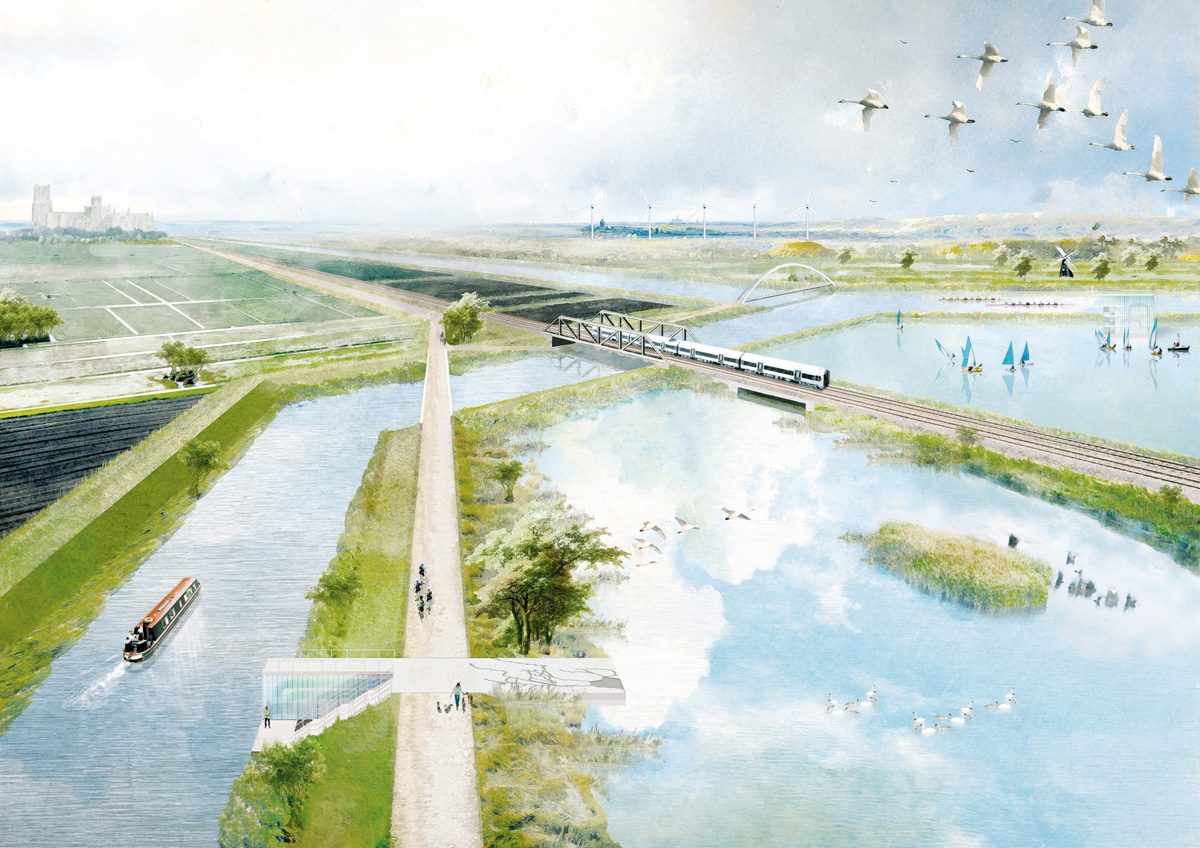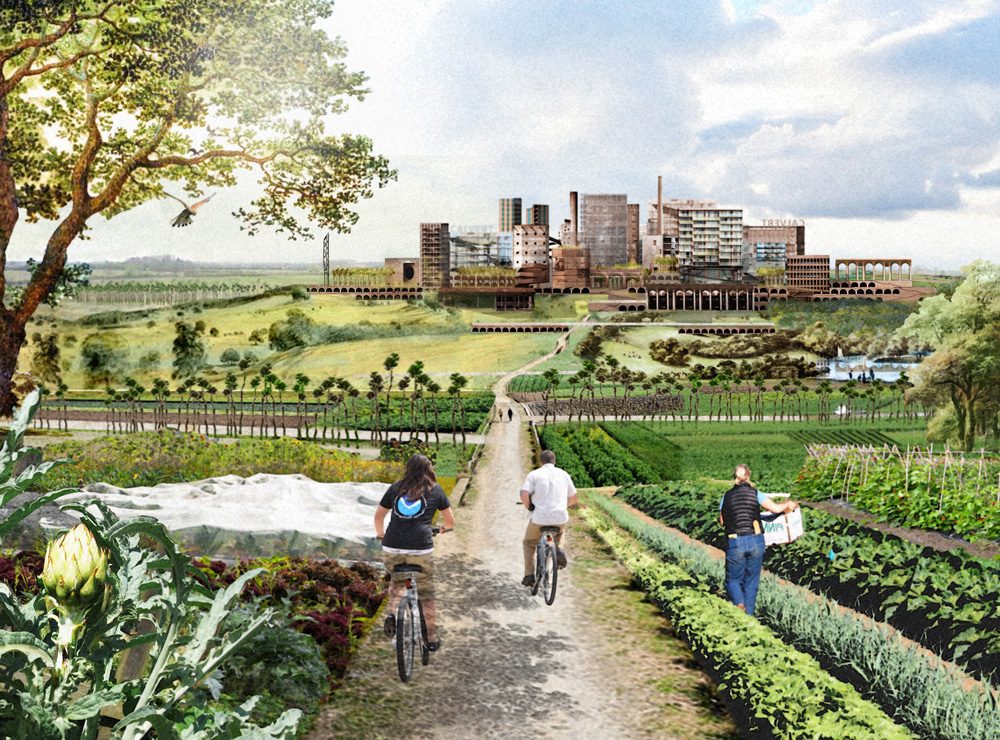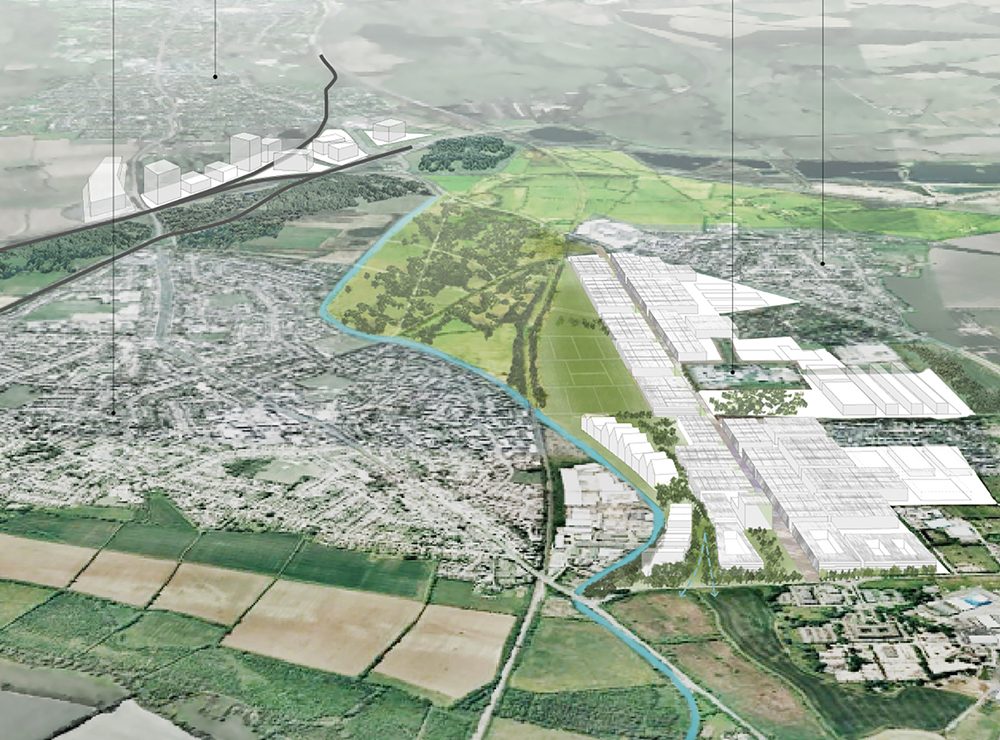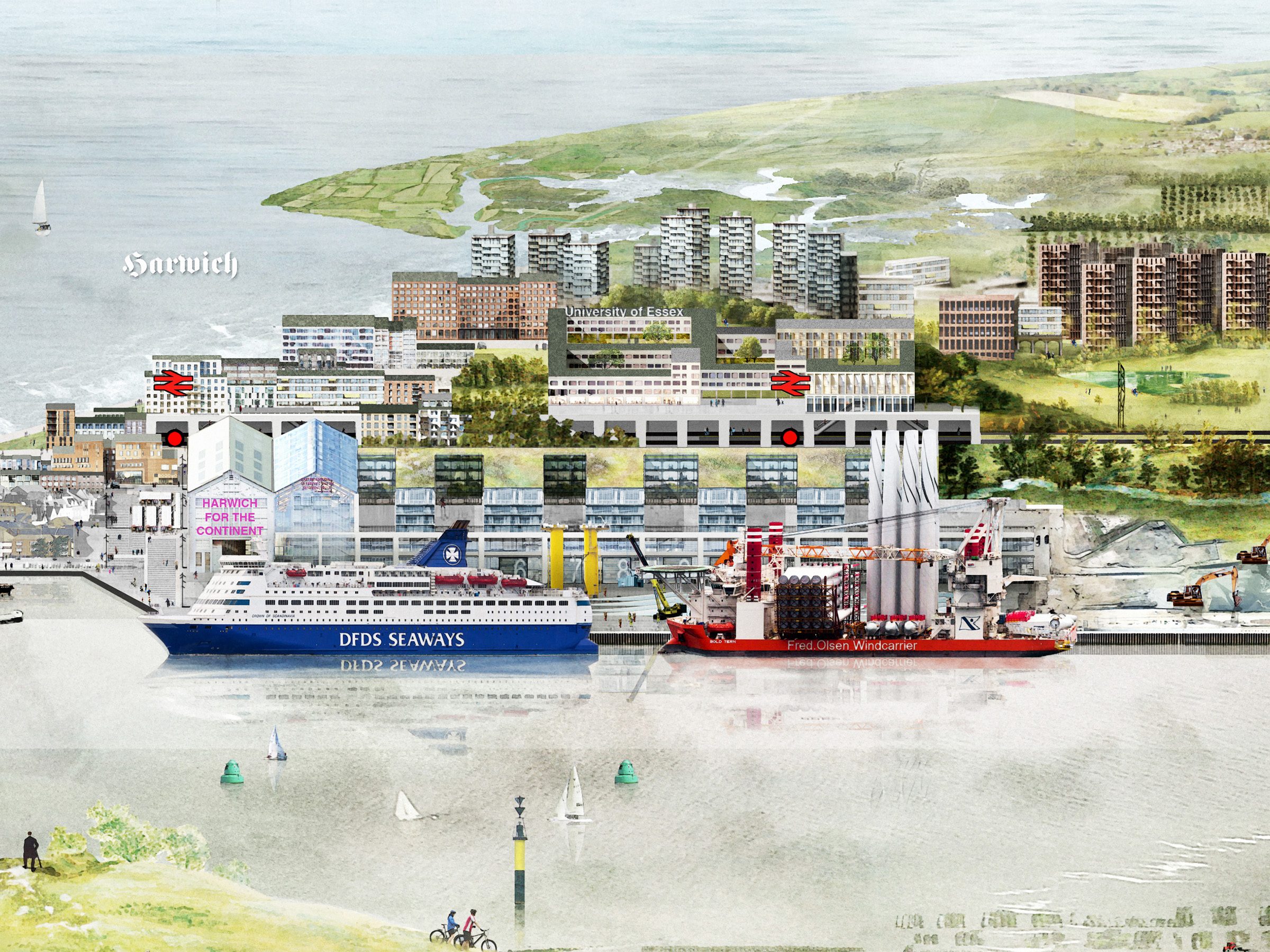Ten years ago the Architects Journal published 5th Studio’s proposal for a new ‘City in a Garden’ at Calvert, the point where HS2 and East-West Rail intersect. That thinking developed into research for the National Infrastructure Commission.
Our 2017 spatial study identified how sustainable development could be planned in the Arc – a crescent of land connecting Oxford and Cambridge – exploring a range of typologies for growth in appropriate places, supported by good transport and social infrastructure.
Political consensus is forming around the idea that the relatively productive towns and cities in the Arc are where national economic growth will fall, yet no available mechanism for regional planning exists and, with a government reluctant to intervene in what it regards as a task for housebuilders, it has been hard to find commissioners for spatial thinking at this scale. The consequence of poorly planned growth is evident: land suitable for building has been snapped up and used inefficiently for low-density housing. The resulting sprawl reinforces the sense of loss regarding the natural world and drives antipathy to further growth.
